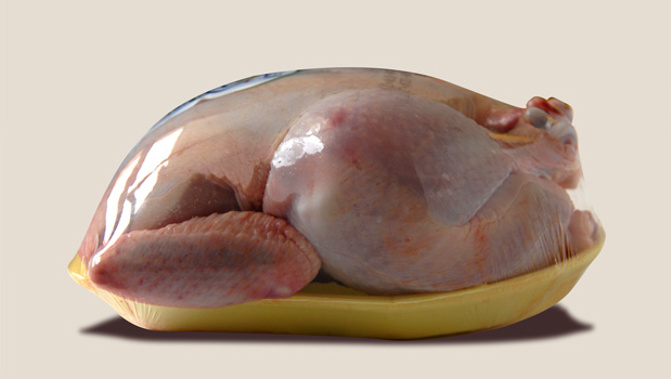
Changes to poultry processing regulations have ended rising levels of campylobacter in New Zealand.
The Ministry for Primary Industries says the changes have also saved the taxpayer nearly $60 million a year.
It's provided an update at the Population Health Congress being held in Auckland.
MPI's Gail Duncan says in 2006, rates of campylobacter were up to three times higher than other countries.
She says since then there have been changes in the way chickens are transported to processing plants, as often crates weren't cleaned between trips - contributing to cross contamination.
Take your Radio, Podcasts and Music with you









